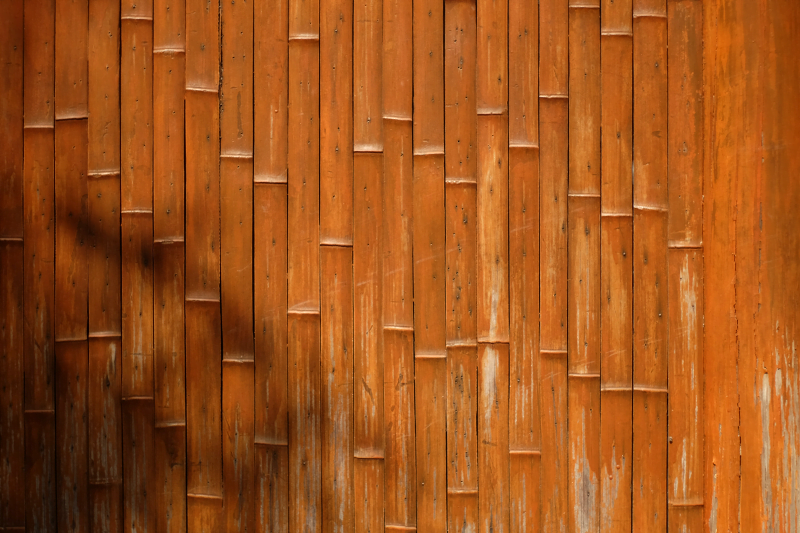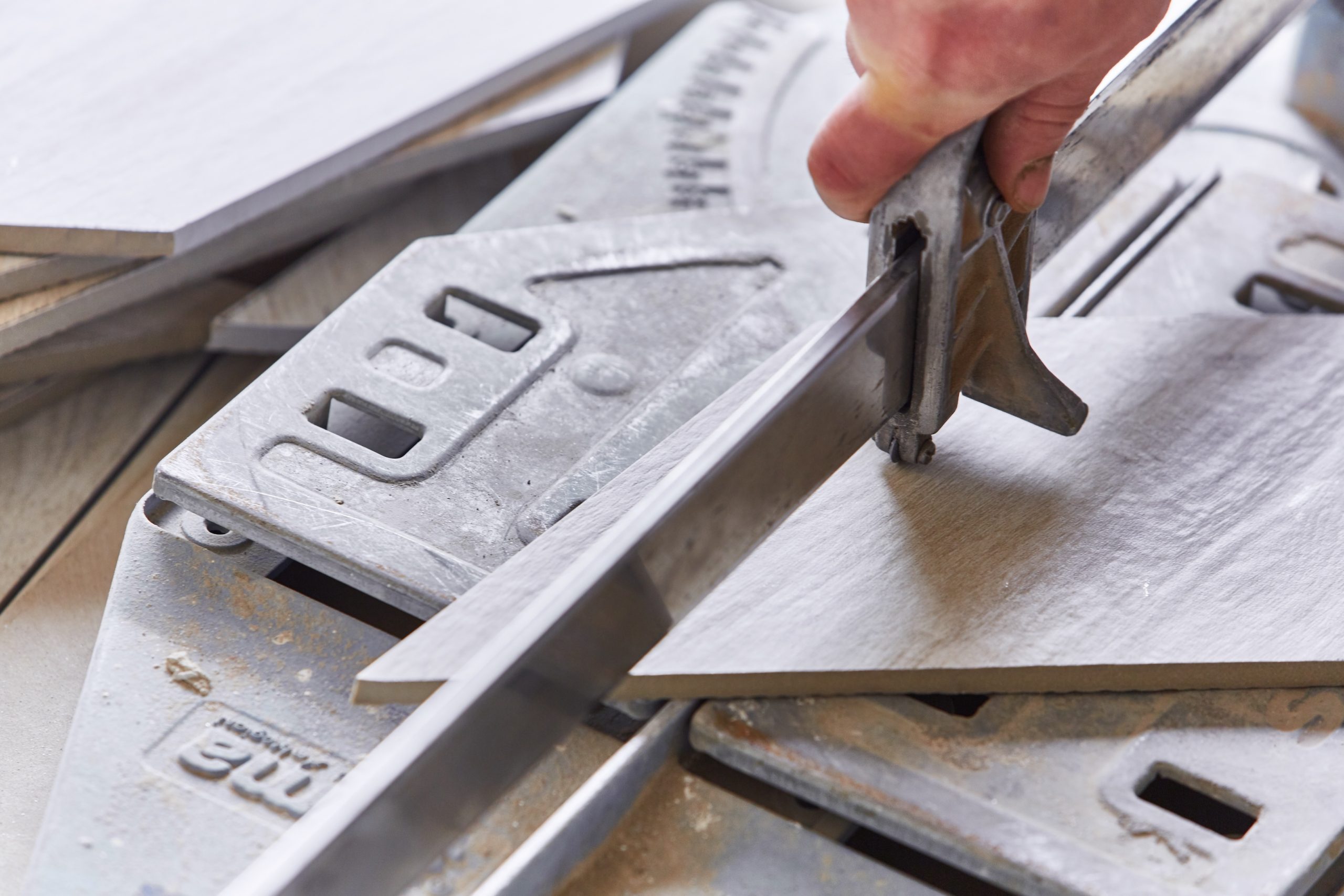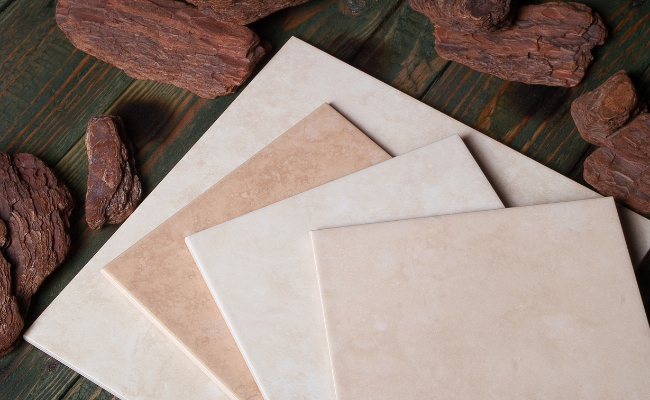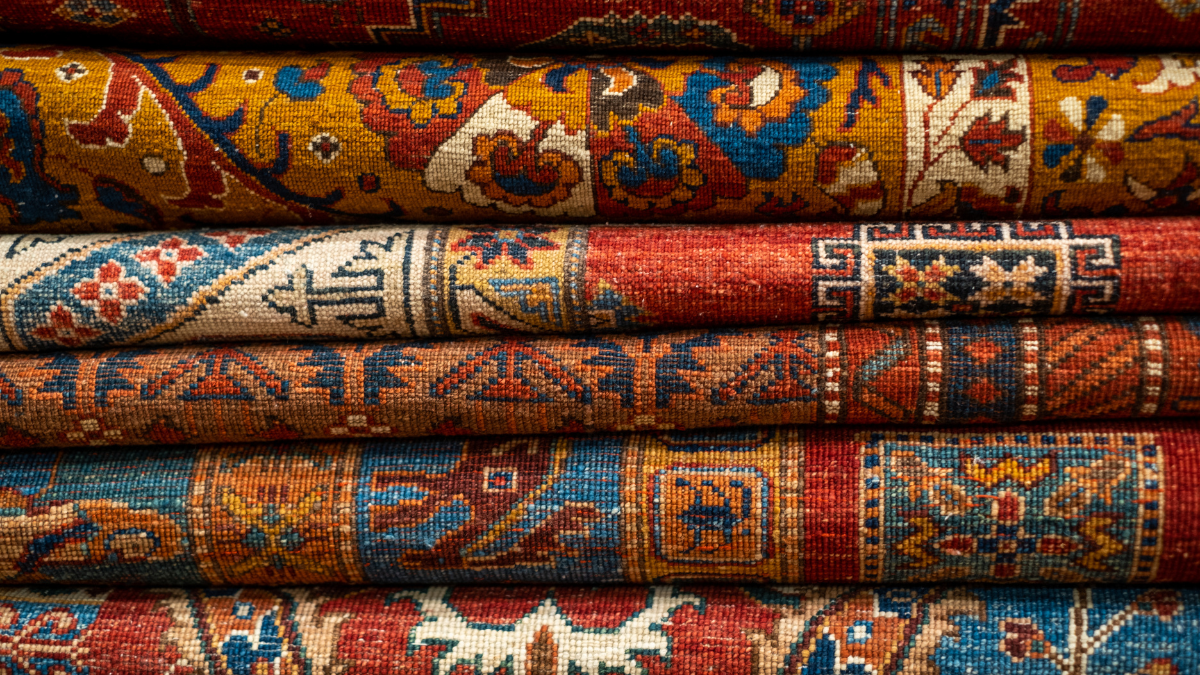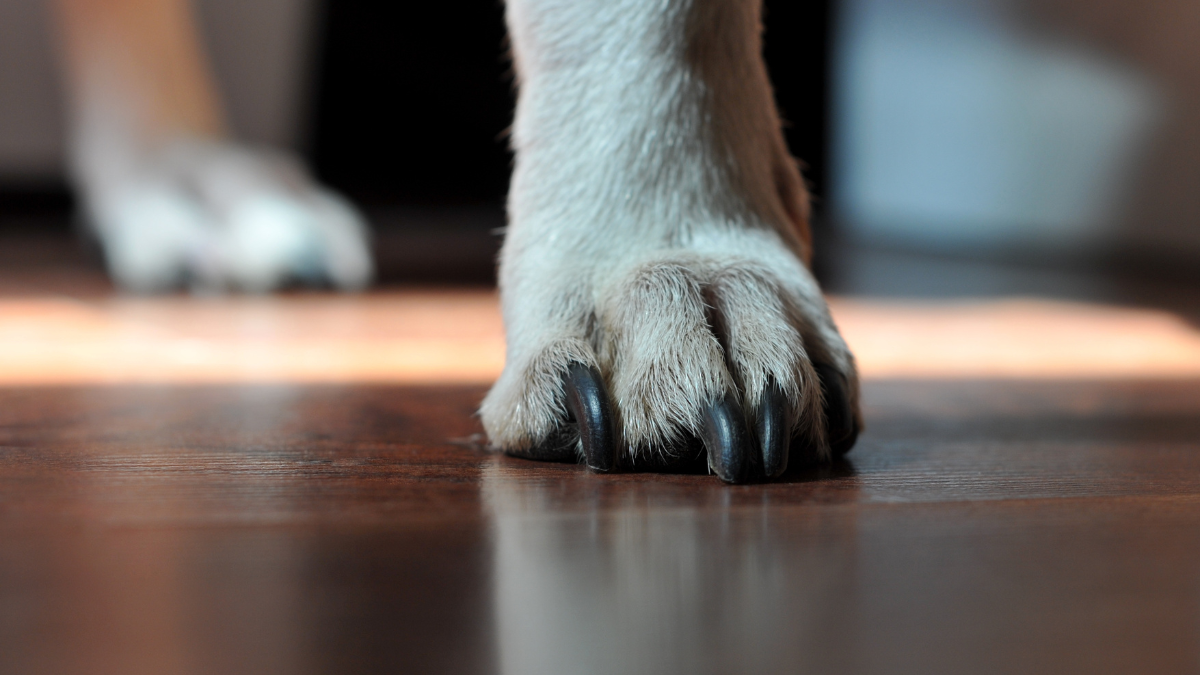Choosing Between Bamboo and Timber Flooring: Exploring Unique Attributes
When it comes to flooring options, both bamboo and timber flooring have garnered considerable attention due to their innate charm and long-lasting qualities. These two choices offer distinct characteristics and benefits that can transform any living or working space. In this comprehensive article, we will delve into the differences between bamboo and timber flooring, explore their unique attributes and shed light on why bamboo flooring reigns supreme over traditional timber flooring.
Bamboo Flooring: An Eco-Friendly Marvel
Its exceptional eco-friendliness makes bamboo flooring a standout choice. Unlike timber, bamboo is a rapidly renewable resource, with certain species boasting an astonishing growth rate of up to 39 inches within a mere 24 hours. Bamboo can be harvested without causing any long-term harm to the plant, making it an environmentally sustainable alternative. This renewable characteristic makes bamboo flooring a perfect fit for individuals who prioritize ecological consciousness.
Bamboo flooring and Timber Flooring: Qualities and Aesthetic Impact
Timber flooring, with its timeless appeal, exudes an unparalleled sense of elegance and warmth. It boasts a classic aesthetic that adds an air of sophistication to any interior space. The natural beauty of timber flooring showcases exquisite patterns and colors derived from a diverse array of tree species. For those seeking a traditional ambiance that emanates warmth, timber flooring proves to be an irresistible choice.
Despite this, the captivating beauty and exceptional character of bamboo remain unchanged; there are three types of bamboo flooring: horizontal, vertical, and strand woven, each with its own unique appearance.
Horizontal bamboo highlights the knots in the grain, while vertical bamboo displays a uniform, striped look. Strand woven bamboo, on the other hand, offers a consistent appearance achieved through interlocking fibers, enhancing its strength and hardness.
In its natural state, most bamboo flooring has a light, golden hue that complements bright and airy rooms. For those seeking an alternative color, coffee bamboo is another popular option. Moreover, bamboo flooring allows for various finishes, stains, and coatings, ensuring a seamless integration with your space.
The numerous benefits of bamboo flooring
- – Durability
When it comes to durability, bamboo flooring often surpasses timber flooring. Bamboo possesses remarkable hardness, endowing it with resistance against scratches and dents. This quality makes bamboo flooring highly suitable for high-traffic areas, including hallways, kitchens, and living rooms. While timber flooring boasts durability, it may require more maintenance and is prone to scratching and denting over time.
- – Moisture Resistance
The moisture resistance of bamboo flooring is truly remarkable, thanks to its inherent properties. Its dense cellular structure enables it to withstand moisture far better than timber flooring. This resistance to moisture renders bamboo flooring a perfect fit for installation in areas prone to humidity, such as basements and bathrooms. Timber, on the other hand, can be susceptible to warping and damage when exposed to moisture.
- – Cost-Effectiveness
Bamboo Offers Unmatched Value. Bamboo flooring often presents a more cost-effective option compared to timber flooring. The production process for bamboo flooring typically incurs lower expenses than that for timber flooring. Moreover, bamboo flooring demands minimal maintenance and boasts a longer lifespan, thereby reducing long-term costs. The affordability of bamboo flooring makes it an appealing choice for individuals who are budget-conscious.
- – Installation: Simplicity and Versatility of Bamboo
The installation of bamboo flooring is relatively straightforward, thanks to its tongue-and-groove design, which facilitates easy click-lock installation. It can be effortlessly installed over various subfloors, including concrete and plywood, rendering it a versatile option for different settings. Timber flooring, although versatile, often necessitates professional installation, which can contribute to the overall expenses.
Discover more about other flooring techniques.
